Making new networks or cementing our echo-chambers?
Dr Rebecca White, University of Oxford
I was very lucky to attend an interested workshop on Digital Food Activism, at Oxford University. Here I share a few thoughts on what I learned.
This workshop investigated the digital realm (which really refers to ‘electronic media’) and how this intersects with activism around food. The aim of the workshop was to begin to determine the value of the term and idea of ‘digital food activism’. Activism here was termed, ‘actions that seek social and economic justice with and through food’.
We see what might be called ‘digital food activism’ in many forms – some that were picked up in the workshop, but by no means an exhaustive list, include: food cooperatives engaging with customers through social media; campaigns working to share and spread a message; hackers sharing food disaggregation (finding out the Kentucky Fried Chicken recipe, for example); active bar-codes for ‘ethical’ (and other) foods; forums sharing political, lifestyle and health advice; food boycotting apps; twitter used around diabetes and so on.
Electronic media is increasingly the lens through which we view the world, interact politically and make meaning of things. Food too is increasingly ‘consumed’ through it – whether that be buying food online, sharing photos of our food through instagram, or being advertised to as we surf the web. As the digital influences, perhaps distancing in some ways, our relationship with food and how it is made, we cannot ignore – indeed we need to pay attention to – its use in and around striving for justice.
Of course, a preliminary and exploratory workshop is always going to leave you with more questions than answers, and this one was no exception. To keep it brief, I will make a point about each of the three words in ‘digital food activism’.
The digital deeply d shapes the nature of activism, and vice-versa – in other words they ‘co-construct’ each other. Electronic media mediates interactions, influences reach, shapes meaning and ways of knowing and is used, programmed, developed and altered in attempts to meet the needs of activists. Part of this is that it doesn’t extend everywhere, and in ways that itself reflect issues of justice – not everyone has equal access to or is equally vocal in digital realms, across socio-economic, educational, age-based and linguistic groups (among others). Does this have implications for the nature of issues engaged with and the ways that different stakeholders interact? Are we making new networks, or cementing our echo-chambers? Others, meanwhile, have access to digitally generated data to a degree that it is arguably invasive, and may itself shape the nature of what is and is not done online.
The digital shapes the nature of research of these things too, both by researchers and organisations looking to monitor and evaluate. We look at (and therefore give value to) what is ‘researchable’ and need to be aware of this co-constructive side of ‘digital food activism’ too.
Activism is itself a word that can be difficult to define, and bringing the digital into this adds further haziness. The notion of ‘clicktivism’ – the use of social media and other online methods to promote a cause – and its derisory cousin, ‘armchair activism’, says it all. Other blurred lines include whether we can be activists through consumption – many digital- engagements focus on action at this level. Similarly, does the source of funding for digital ‘activism’ matter? Finally, do farmers in Mozambique using mobile phone technology to cut out middle-men in supply chains constitute ‘activism’?
Something that would clarify and contextualise this is understanding digital food activism in the context of broader ecologies of activism and engagement. Mapping different activism pathways is one way to start systematically looking at how the digital realm alters, questions and changes action towards social and economic justice.
Food – as an academic interested in food, I often ponder its essence. This was an area of the workshop that I felt was implicit rather than explicit. How is ‘digital food activism’, different to ‘digital activism’? What is it about bringing these three terms together that makes it worthy of particular attention, or are we just looking at food as an example for lessons to be learnt more generally?
I think (but could do with further convincing!) it is both worthy of particular attention, and is useful as a way to look at this phenomenon in general. Why? The answer to this lies in food being accessible and ‘everyday’, as well as being deeply contested. The frequency and nature of people’s engagement with food and food-related health certainly make us all party to debates around food as growers (in our gardens at the very least), consumers (of food and its media forms – adverts, telly programmes etc) and potential ‘experts’ (for example as someone with diabetes, or who owns chickens). Food can then lead us into thinking about different areas of our lives. Its access also makes it something we can ‘take back’. I suspect this means that food is a realm in which digital activism proliferates and in highly diverse ways through space and time, and in turn it may come to resemble the ‘reality’ of food politics – fractured, faddish and struggling with complexity.
See here for details of the workshop and who presented.
And see here for a write up of the workshop by one of its conveners.
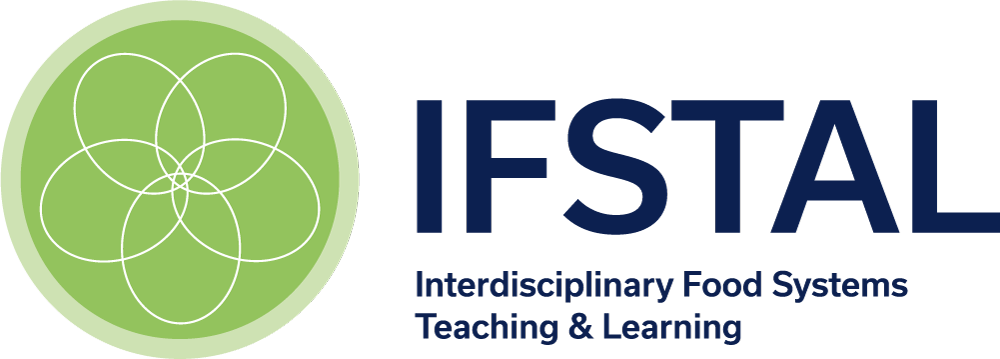


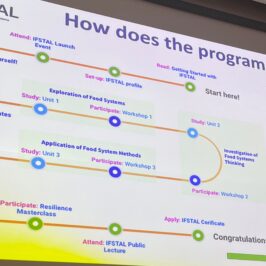

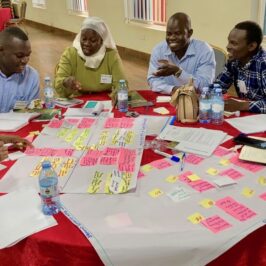
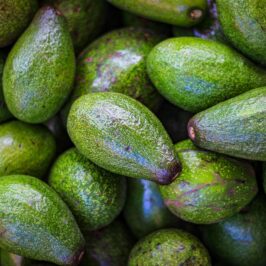
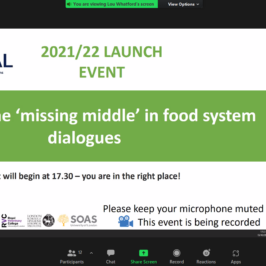
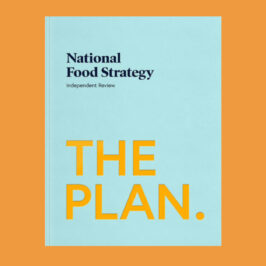
One Response
Week 10; Research Pathways – Assignment 3
[…] White, Rebecca. Digital Food Activism. March 2016, IFSTAL, http://www.ifstal.ac.uk/2016/03/10/digital-food-activism/ […]